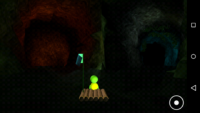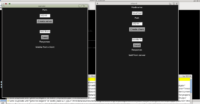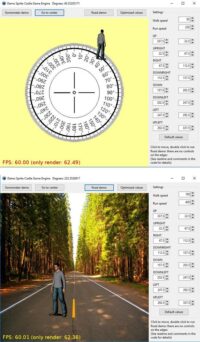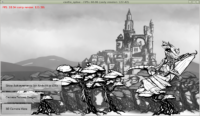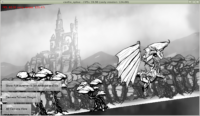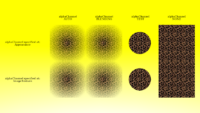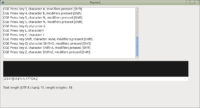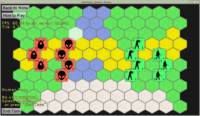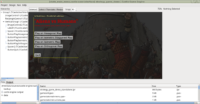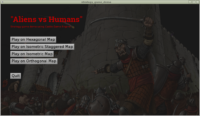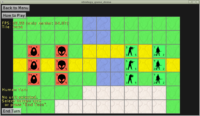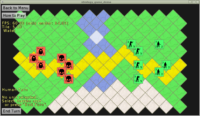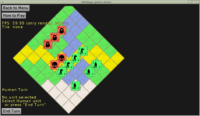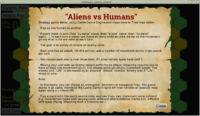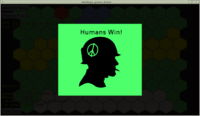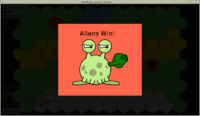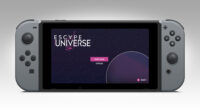 |
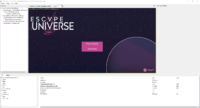 |
Castle Game Engine now supports compiling your games to the Nintendo Switch console ! A modern, succesfull, indie-friendly console from Nintendo.
It is a full integration, really 100% of the engine works on Nintendo Switch. From the developer point of view, you just write cross-platform Pascal code using CGE units, and then you can recompile the application using the Castle Game Engine build tool with --target=nintendo-switch.
Note that the integration code with Nintendo Switch is not public and not open-source. It cannot be, as we are covered by Nintendo NDA agreements and we cannot disclose the technological details about how Nintendo Switch works. To develop on Nintendo Switch, you have to:
- Become a Nintendo Developer yourself, and sign the necessary NDA agreements between your company and Nintendo. You will most likely want to buy a developer version of the console, as well.
-
Contact me (Michalis Kamburelis) through the non-public Nintendo developer forum. I can then share with you the necessary code that adds Nintendo Switch integration on top of the open-source CGE core, through the Nintendo forum, so Nintendo can confirm it’s legally OK with them. Of course you get this for free. The integration code cannot be open-source, but I still want to give it to everyone for free.
Enjoy a truly cross-platform game engine in Pascal!

